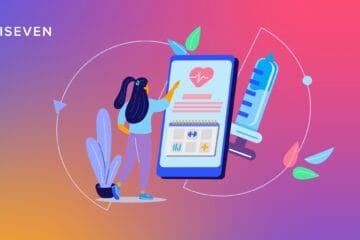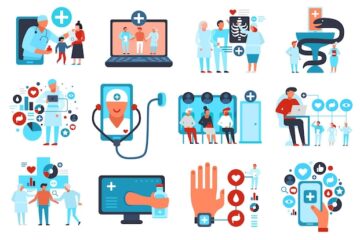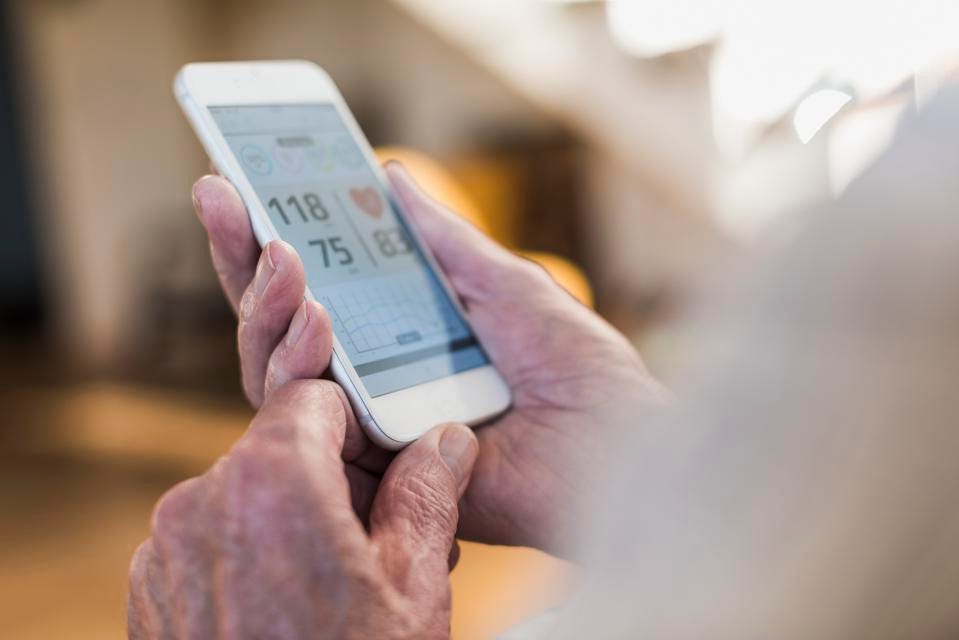Researchers from the University of Texas at Austin have published a study measuring health literacy and its association with how people use health information technology.
Health literacy is one of the core tenets of patient centered care. As a physician, how I perceive an individual’s health literacy guides my approach in helping them navigate the healthcare system. Medicine has been moving away from the paternalistic doctor-patient relationships of the past, to a relationship where doctors assist patients in making their own medical decisions. The ability for patients to understand, integrate, and make decisions on complex medical concepts is a difficult but necessary skill to learn. Differences in health literacy have been linked to health disparities, and many studies have shown how these inequities can negatively affect health outcomes. More data have come out in recent years studying the effects of health information technology on medical outcomes, but there are very few data on how health literacy is associated with these concepts. More studies are needed to measure how health literacy, and its relationship with technology, can affect outcomes in medicine.
This is one of the first studies to measure the association between patients’ health literacy and how they perceive and use health information technology (HIT). The areas of HIT were limited to studying how subjects use fitness and nutrition apps, activity trackers, and patient EHR portals. A validated Newest Vital Sign instrument was used to measure health literacy for 4,974 participants, who then answered questions on how they use and perceive the four defined HIT tools. The study found that low health literacy was associated with a lower likelihood of using HIT tools, and these subjects found HIT tools to be harder and less useful to use.
While fitness, nutrition, and activity trackers are important for health maintenance, it is very different than the tools used by patients to interact with the medical field. The paper’s study on the fourth HIT tool, patient EHR portals, was what I found the most useful as a practicing clinician. It provides evidence that patients with better health literacy tend to utilize EHRs to follow up and manage their results. Having my patients be able to communicate and respond to a test result is crucial for management and follow up. Poor outcomes occur in medicine due to miscommunication and lost results. Delays occur when a patient has difficulty utilizing the systems provided to them to communicate and relay information. As technology makes it more feasible for patients to use innovative tools to stay informed about their medical care, this study has shown that a portion of the population with poor health literacy could potentially be left behind in the process.
As mobile technology becomes more pervasive, the ability to instantaneously access information will be made available to a wider range of people. While this can elevate the level of discussion between doctors and patients about their medical care, there is a double edged sword that comes with this innovation. Patients can be misinformed or misinterpret information used in their medical decision making. Results are often made available without the necessary interpretation that comes with medical training, and relying on unchecked resources can lead to dangerous conclusions.
While the ceiling is being raised for how patients can manage their own health, there is a risk of widening the disparity for those who don’t have the ability to utilize these new innovations due to a lack of literacy. It is important that more studies are done on the inequities of HIT utilization to ensure designers prevent such a disparity from developing. If health technology continues to innovate without inclusion of all levels of health literacy, it can create more problems than it solves — and worse — it could create a sharp divide between patients and the care they receive.



